BMW launching iX5 Hydrogen pilot fleet
Green Car Congress
FEBRUARY 28, 2023
After all, it is one of the most efficient ways of storing and transporting renewable energies. In addition to the technological equivalents of features found on combustion engines, such as charge air coolers, air filters, control units and sensors, the BMW Group also developed special hydrogen components for its new fuel cell system.

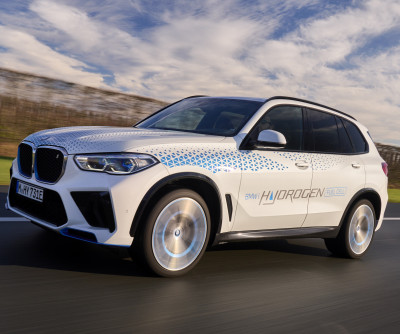

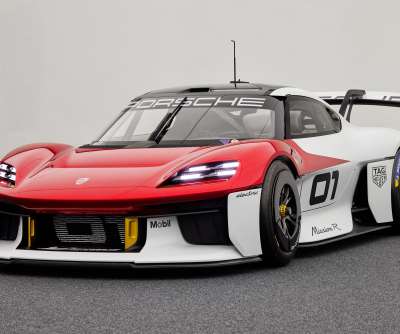
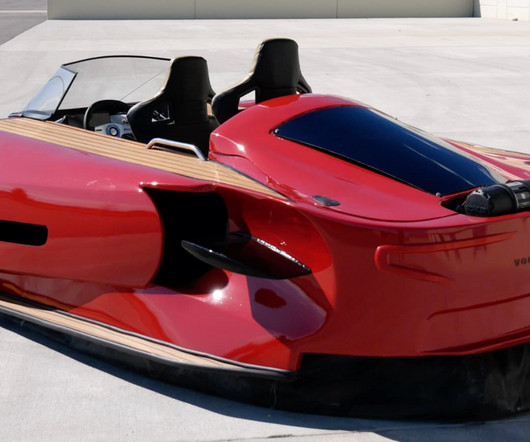

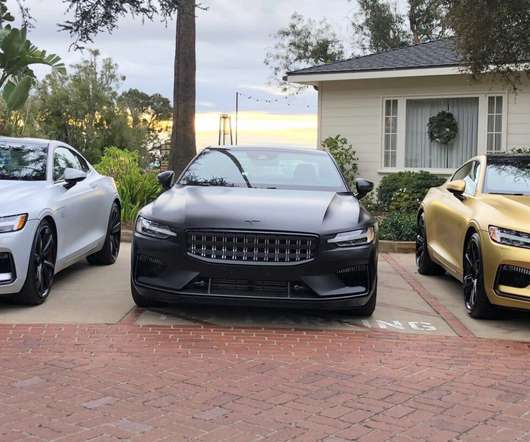



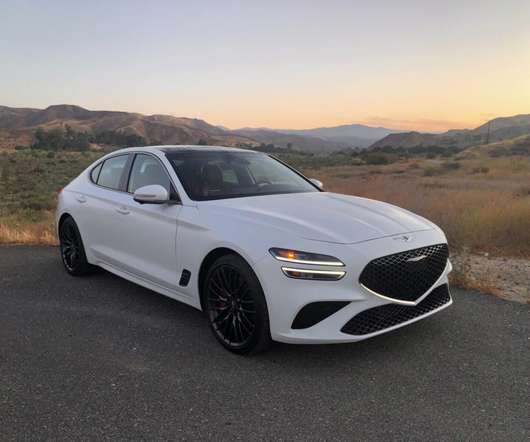
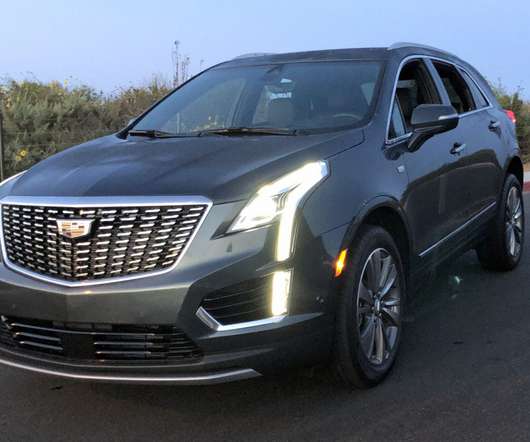
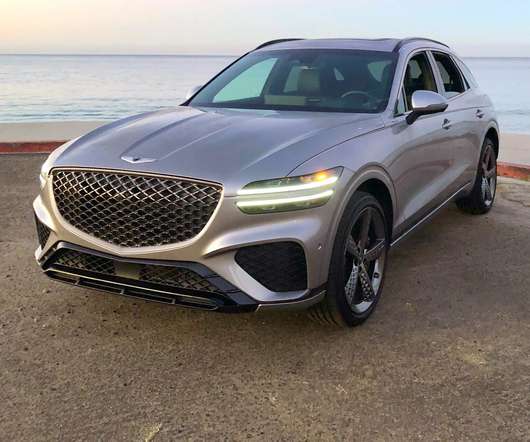


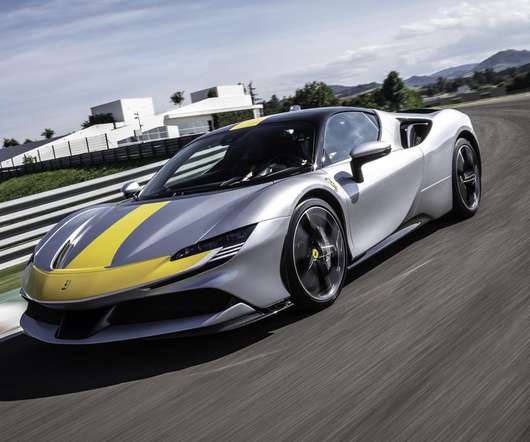

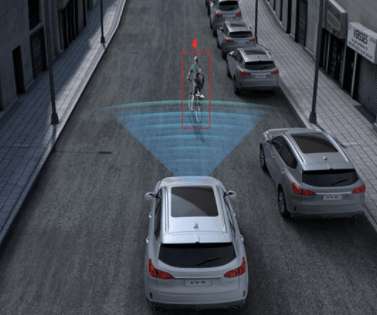
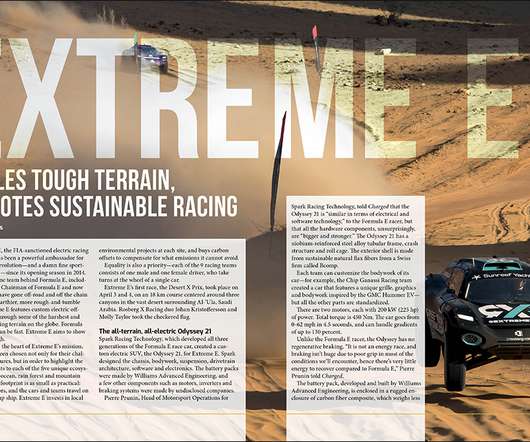


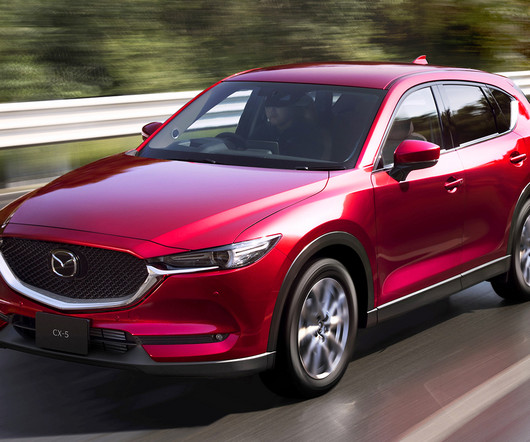






Let's personalize your content